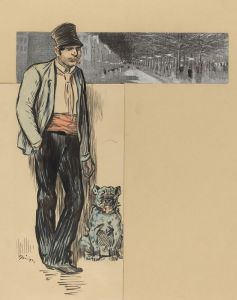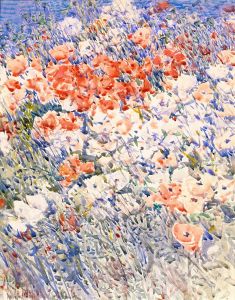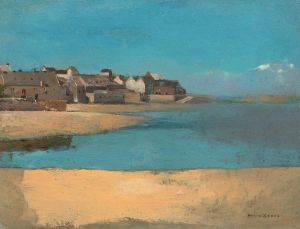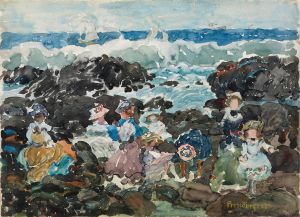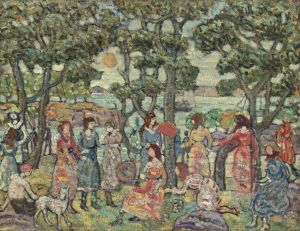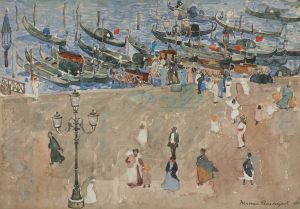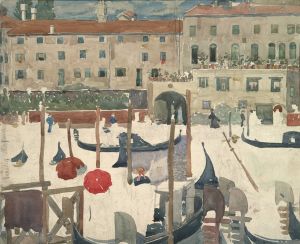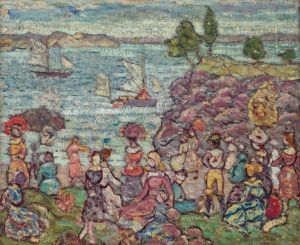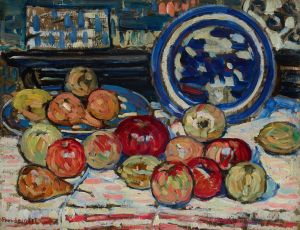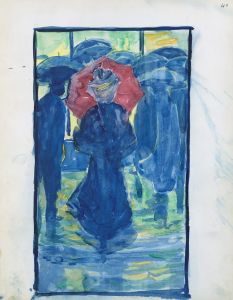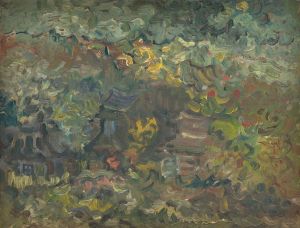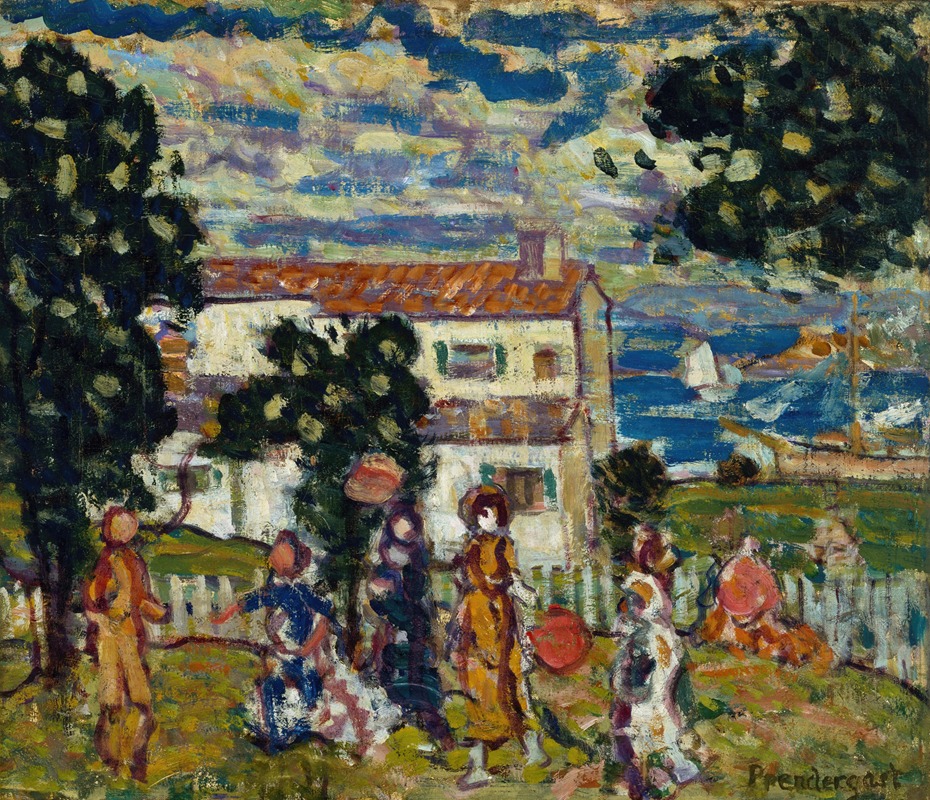
New England Village
A hand-painted replica of Maurice Prendergast’s masterpiece New England Village, meticulously crafted by professional artists to capture the true essence of the original. Each piece is created with museum-quality canvas and rare mineral pigments, carefully painted by experienced artists with delicate brushstrokes and rich, layered colors to perfectly recreate the texture of the original artwork. Unlike machine-printed reproductions, this hand-painted version brings the painting to life, infused with the artist’s emotions and skill in every stroke. Whether for personal collection or home decoration, it instantly elevates the artistic atmosphere of any space.
"New England Village" is a painting by the American artist Maurice Prendergast, who was an influential figure in the American Post-Impressionist movement. Prendergast was born in St. John's, Newfoundland, in 1858 and later moved to Boston, Massachusetts, where he developed his distinctive style. He is known for his vibrant use of color and his innovative approach to composition, which often featured scenes of leisure and landscapes.
"New England Village" exemplifies Prendergast's unique artistic vision. The painting captures a quaint village scene, likely inspired by the picturesque towns and rural landscapes of New England. Prendergast's work often reflected his interest in capturing the essence of a place through a combination of color, light, and form.
In "New England Village," Prendergast employs a rich palette of colors to bring the scene to life. The painting features a variety of structures, including houses and possibly a church, set against a backdrop of trees and open sky. The composition is characterized by its rhythmic arrangement of shapes and its lively, almost mosaic-like application of paint. This technique creates a sense of movement and energy, drawing the viewer's eye across the canvas.
Prendergast's approach to painting was heavily influenced by his exposure to European art during his travels. He studied in Paris at the Académie Julian and was influenced by the works of the Post-Impressionists, including Paul Cézanne and Georges Seurat. This influence is evident in "New England Village," where Prendergast's use of color and form reflects the techniques of these European artists while also incorporating his own unique sensibilities.
The painting is also notable for its depiction of everyday life in New England. Prendergast often chose to portray scenes of leisure and community, and "New England Village" is no exception. The work captures a moment in time, offering a glimpse into the daily lives of the village's inhabitants. This focus on the ordinary and the communal is a hallmark of Prendergast's work, and it contributes to the painting's charm and appeal.
Maurice Prendergast's contributions to American art were significant, and his work continues to be celebrated for its innovative approach and its vibrant, joyful depictions of life. "New England Village" is a testament to his skill as a painter and his ability to capture the spirit of a place through his art. The painting remains an important example of Prendergast's work and a valuable piece of American art history.
Prendergast's legacy is preserved in numerous collections, including major museums and galleries across the United States. His work, including "New England Village," continues to be studied and appreciated for its artistic merit and its contribution to the development of modern American painting.






